Konkani food from granny’s kitchen
Konkani food from granny’s kitchen
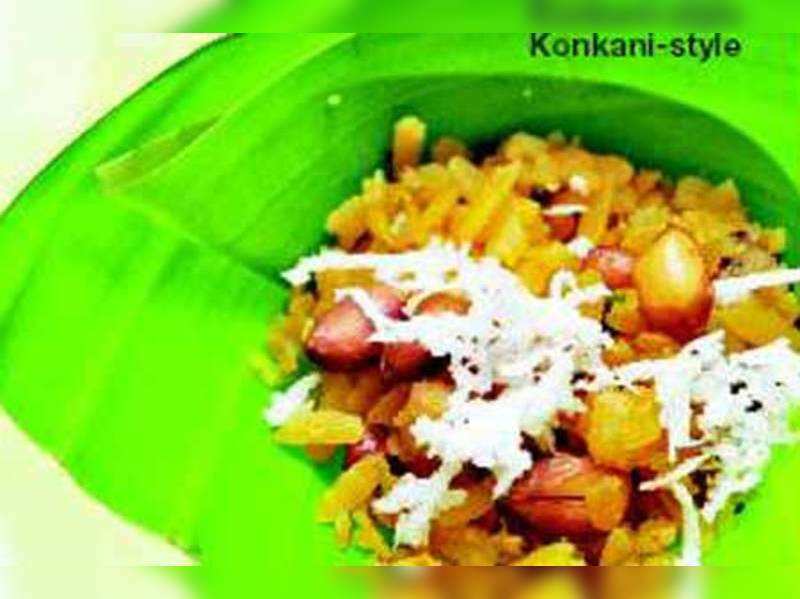
Actor Tara Deshpande Tennebaum, takes a trip down memory lane recalling her grandmother’s traditional cooking and her love for Konkani cuisine
I come from a Konkani family, passionate about good food and good times. Konkani food is diverse, fresh and simple. The Konkan coast starts from Raigad and extends all the way upto Mangalore and although many would disagree, but we consider Udipi dishes to be a part of our cuisine too. There is a lot of sea food involved in our cooking. Fresh catch from the sea — fishes, oysters, clams, mussels and shrimps — would be cooked in delicate gravies or simply fried with spices. I love the way that Konkanis use coconut in their food and that too in every form — coconut milk, finely grated, desiccated or simply scatter a few pieces here and there. Another important part of our cuisine is smoking up the dishes. It’s very similar to dum bharna. We dip a piece of coal in coconut oil and then light it up. The fiery hot piece is then placed right in the middle of a dish, like say a kanda poha and tightly covered. After few minutes, when the smoke makes its way into the dish, we stir it well and serve.
(As told to Dipika Pillay)
I come from a Konkani family, passionate about good food and good times. Konkani food is diverse, fresh and simple. The Konkan coast starts from Raigad and extends all the way upto Mangalore and although many would disagree, but we consider Udipi dishes to be a part of our cuisine too. There is a lot of sea food involved in our cooking. Fresh catch from the sea — fishes, oysters, clams, mussels and shrimps — would be cooked in delicate gravies or simply fried with spices. I love the way that Konkanis use coconut in their food and that too in every form — coconut milk, finely grated, desiccated or simply scatter a few pieces here and there. Another important part of our cuisine is smoking up the dishes. It’s very similar to dum bharna. We dip a piece of coal in coconut oil and then light it up. The fiery hot piece is then placed right in the middle of a dish, like say a kanda poha and tightly covered. After few minutes, when the smoke makes its way into the dish, we stir it well and serve.
We had an ancient huge house in our ancestral village and although we sold that house long back, I still have fond memories of the place. The very mention of it makes me nostalgic. Our house had a traditional kitchen with no fancy equipment. Food was cooked on fire and the woman folk in the family would sit near the threshold, doing all the basic chopping and cleaning. I grew up watching my grandmother tediously prepare food from scratch with basic ingredients and she would always hand grind on the pestle motar. More than the smell, I loved the sounds of cooking. Like the sound my grandmother’s bangles made every time she rolled out polis or rotis. She had different belans for each of them. When she rolled out polis, her bangles would make a soft sound, but when it came to rotis, the bangles would make heavy rhythmic jangles, along with the sound of her chaabi ka guccha. I remember it all — the sound her ladle made when she would sauté ingredients in her clay mud pots, the sounds of the bubbling sambar or the sound of fermented batter when it was mixed — they were so mesmerising. Today as I look back, I realise that the kind of cooking she did was so fuss-free, yet oh-so delicious. Everything my nani cooked was with andaza, no specific quantities and she would never waste a single morsel. If I ever had to cook that way, I’d never be able to step into the kitchen!
(As told to Dipika Pillay)
End of the article
Featured in Lifestyle
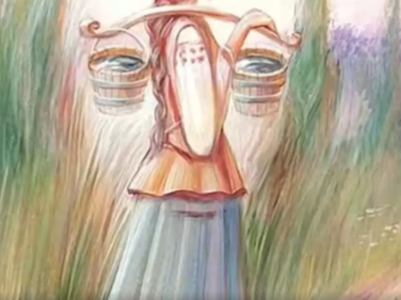
Optical illusion: What you first see reveals if you have empathetic or opinionated personality
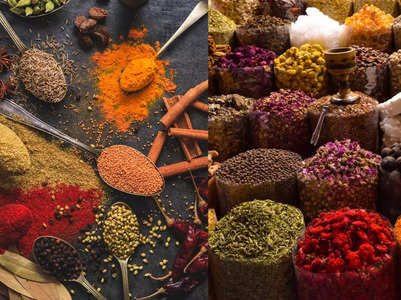
International agency finds cancer causing chemicals in popular Indian spice brands

Solo travel adventures: Empowering journeys for independent explorers
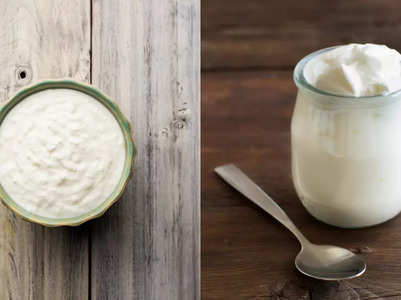
Explained: Difference between curd and yoghurt

Optical illusion test: Spot the three differences in the image under 30 seconds
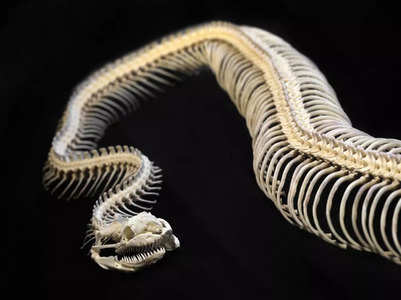
Scientists discover enormous fossil of the world’s 'largest snake’ in Kutch, Gujarat

Optical Illusion: Can you spot 3 differences in this boy learning bicycle picture?
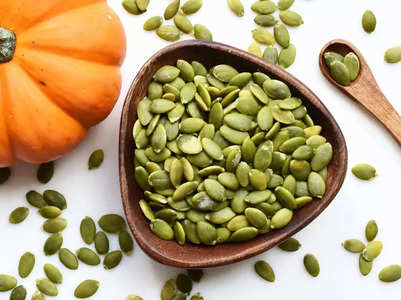
How to add pumpkin seeds to your daily diet and its benefits
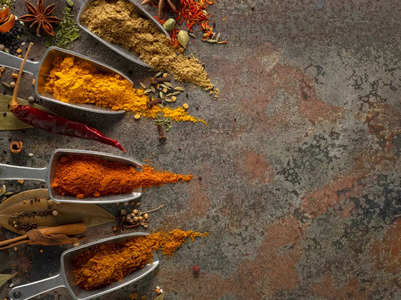
These countries have banned the sale of cancer-causing MDH and Everest masalas
LATEST VIDEOS
Life & Style
 World Liver Day 2024: Modifiable risk factors that affect liver health05:58
World Liver Day 2024: Modifiable risk factors that affect liver health05:58 World Liver Day 2024: Why Hepatitis cases are rising among children in India14:32
World Liver Day 2024: Why Hepatitis cases are rising among children in India14:32 What causes head and neck cancers, expert explains05:55
What causes head and neck cancers, expert explains05:55 World Liver Day 2024: Expert answers frequently asked questions03:01
World Liver Day 2024: Expert answers frequently asked questions03:01 What is Hemophilia? Expert tips to manage it03:10
What is Hemophilia? Expert tips to manage it03:10 The secret to true happiness: Teachings of Bhagavad Gita, Chapter 2, Verse 5504:57
The secret to true happiness: Teachings of Bhagavad Gita, Chapter 2, Verse 5504:57 World Health Day 2024: Tips to address male infertility with empathy and understanding03:02
World Health Day 2024: Tips to address male infertility with empathy and understanding03:02 Bhagavad Gita, Chapter 2, Verse 54: What are the marks of an enlightened being? Krishna explains04:35
Bhagavad Gita, Chapter 2, Verse 54: What are the marks of an enlightened being? Krishna explains04:35 List of vaccines every infant should be given: Helpful guide for parents08:16
List of vaccines every infant should be given: Helpful guide for parents08:16 The need to address the rise in CVDs in young adults - a silent epidemic in India05:37
The need to address the rise in CVDs in young adults - a silent epidemic in India05:37
StoriesSEE All


































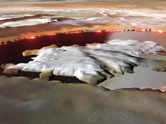


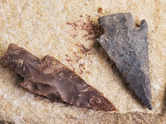

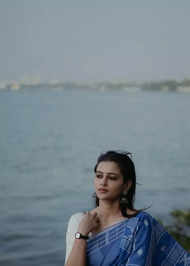

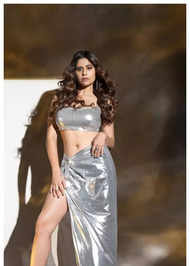
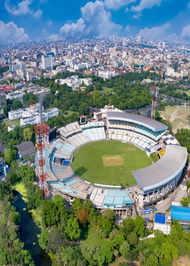
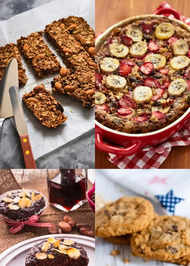



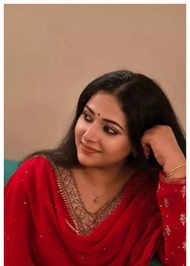











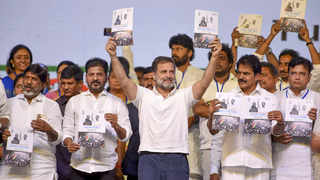



closecomments
SIGN IN WITH
GoogleEmail